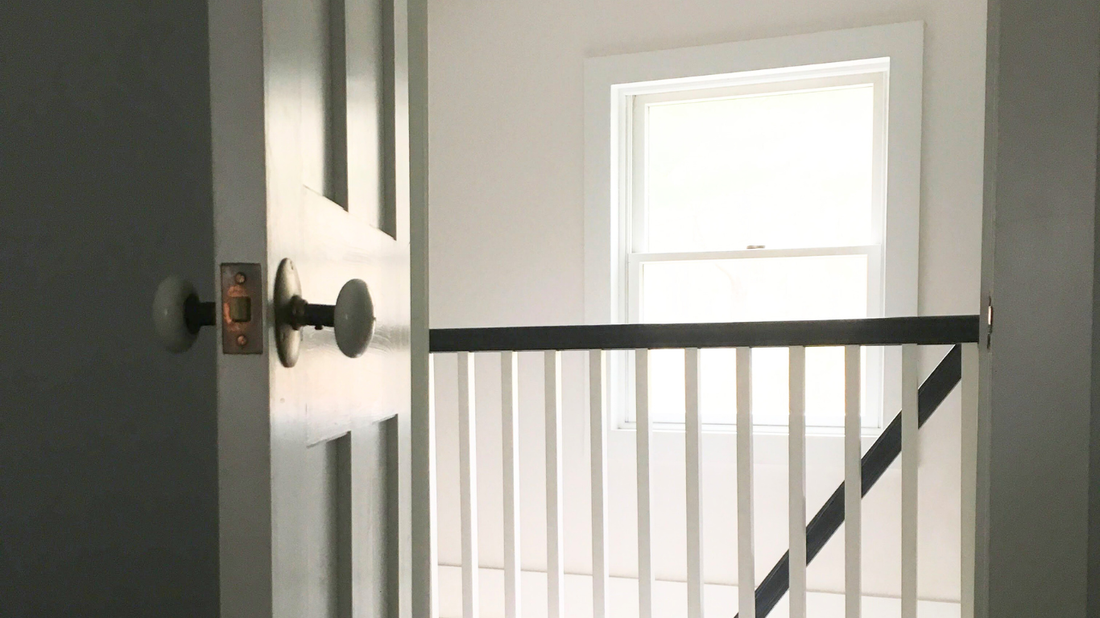A clean home isn’t just about appearances. The right surface care helps your materials last longer, your air stay cleaner, and your space feel calm and fresh — without harsh chemicals or constant scrubbing.
Below, we’ll show you how to clean every type of surface safely and effectively, plus why the right technique and tools make all the difference.
The Basics: Understanding Surfaces
Every surface behaves differently.
Wood, marble, and grout are porous — they absorb moisture, oils, and bacteria if not cared for properly.
Glass, stainless steel, and laminate are non-porous — dirt and germs sit on top and spread easily.
That’s why “one-size-fits-all” cleaners rarely work. The right pH and method matter more than force or fragrance.
Clean vs. Disinfected: What You Actually Need
-
Cleaning removes dirt, oils, and buildup — the most important step for a healthy home.
-
Disinfecting kills germs on contact — sometimes useful, but rarely needed day-to-day.
-
Sanitizing lowers bacteria to safe levels — best for kitchens and bathrooms.
Most of the time, regular cleaning with a safe, plant-based surface cleaner is enough. Antibacterial products can irritate skin and lungs and may contribute to resistant bacteria.
What to Use (and What to Avoid)
-
Use: Swedish cloths, cellulose sponges, soft natural brushes, old t-shirts, cotton rags.
-
Avoid: Microfiber (it sheds plastic), paper towels, abrasive pads, ammonia, or chlorine.
-
Tip: Old cotton t-shirts make excellent, long-lasting cleaning cloths.
1. Wood
-
Dust with a slightly damp cloth.
-
Clean: Wipe with warm water and a drop of mild dish soap; dry immediately.
-
For marks: Rub gently with a baking soda paste, then wipe clean.
-
Avoid: Heavy waxes or “conditioning” sprays that leave a film.
Tip: Gentle, neutral cleaners protect wood’s natural oils and prevent cracking.
2. Stone (Granite, Marble, Quartz, Slate)
-
Clean: Warm water with mild soap or a pH-neutral cleaner.
-
Always test: Each stone reacts differently — try a small hidden spot first.
-
Avoid: Vinegar, citrus, or bleach — acids can dull or etch stone.
-
Maintain: Reseal sealed stone periodically to protect the surface.
Tip: Rinse well and buff dry to keep stone smooth and streak-free.
3. Glass & Mirrors
-
Polish: Spray a non-toxic glass cleaner and wipe with a lint-free cloth.
-
For buildup: Wash with warm, soapy water first, then polish dry.
-
Avoid: Ammonia-based cleaners and paper towels.
Tip: Buff in small circles and always finish with a dry pass for a clear shine.
4. Stainless Steel
-
Clean: Wipe with diluted vinegar or an all-purpose cleaner, following the grain.
-
Polish: Buff with a few drops of olive oil or a plant-based polish.
-
Avoid: Abrasive powders, scrubbers, or bleach.
Tip: Always follow the grain — cross-grain scrubbing leaves visible marks.
5. Countertops & Kitchen Surfaces
-
Clean: Use mild soap and water; dry with a soft cloth.
-
Wood counters: Wipe with a damp cloth, dry well, and occasionally refresh with diluted vinegar.
-
Cutting boards: Sprinkle baking soda, scrub with lemon, rinse, and air dry.
Tip: A clean, dry surface discourages bacterial growth and helps counters stay smooth and sanitary.
6. Tile & Grout (Kitchen, Bath, Floors)
-
Regular care: Wipe with warm, soapy water to prevent buildup.
-
Deep clean: Make a paste of baking soda and hydrogen peroxide for grout; scrub gently.
-
Mildew: Spray white vinegar, let sit 10 minutes, rinse, and dry.
-
Avoid: Bleach — it weakens grout and harms indoor air quality.
Tip: Rinse tiles thoroughly — cleaner left behind can make grout more porous.
7. Doors, Handles & High-Touch Surfaces
-
Regular care: Wipe with an all-purpose cleaner.
-
When someone’s sick: Use a 50/50 mix of rubbing alcohol and water on a cloth.
-
Sticky spots: Wipe with warm, soapy water.
-
Avoid: Spraying electronics directly — apply cleaner to the cloth instead.
Tip: High-touch includes more than handles — think remotes, phones, light switches, chair backs, and fridge doors.
9. How to Know When It’s Time for a Deep Clean
-
Surfaces look dull or feel tacky
-
Wood feels dry or uneven
-
Stone loses shine or feels gritty
-
Grout darkens or shows mildew
Tip: If water no longer beads on wood or stone, it’s time for a reset.
10. Why It All Matters
Safe, simple cleaning protects your surfaces and your indoor air. Every product you use leaves something behind — so choose cleaners that evaporate cleanly, use pure essential oils, and skip harsh claims like “kills 99.9% of germs.”

